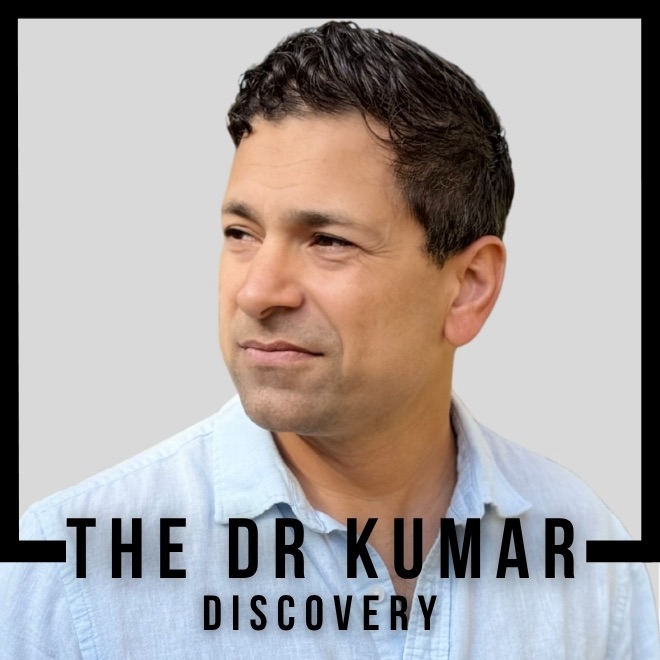How Did the March of Dimes Fund the Polio Vaccine That Changed History?
The March of Dimes, launched by Franklin D. Roosevelt in 1938 as the National Foundation for Infantile Paralysis, mobilized millions of Americans to mail dimes to the White House, ultimately funding the research that led to Jonas Salk’s polio vaccine. This grassroots campaign raised the money that bought iron lungs, built treatment centers, and bankrolled the scientists who ended the polio epidemic.
Dr. Kumar’s Take
The March of Dimes represents one of the most successful medical research funding campaigns in history. Roosevelt’s personal experience with polio - he contracted it at age 39 in 1921 - gave him unique credibility to lead this fight. The campaign’s genius was making everyone feel they could contribute meaningfully to defeating a disease that terrorized families nationwide. Those dimes literally funded the vaccine that eliminated polio from America.
Historical Context
Franklin D. Roosevelt developed paralytic polio in 1921 after a summer trip, leaving him permanently paralyzed from the waist down. Though he concealed the extent of his disability from the public during his political career, privately it shaped his determination to attack polio on a national scale.
In 1938, Roosevelt helped create the National Foundation for Infantile Paralysis. The organization gained its popular name thanks to radio and vaudeville entertainer Eddie Cantor, who urged Americans to “send your dimes directly to the President at the White House” so that “the President can lead the fight against this disease.” The campaign became known as the March of Dimes.
What the Research Shows
According to the American Journal of Public Health historical analysis, the March of Dimes represented a revolutionary approach to medical research funding. The campaign title “So That Others May Walk” captured the organization’s mission to prevent the paralysis that had affected Roosevelt and thousands of other Americans.
The timing was crucial. In 1952, the year the March of Dimes funding reached its peak effectiveness, polio struck nearly 60,000 Americans, with over 21,000 developing paralytic disease. Parents lived in terror each summer, knowing that a trip to the swimming pool or playground could result in their child needing an iron lung to breathe.
Study Snapshot
The March of Dimes campaign operated on multiple levels:
- Grassroots fundraising: Millions of Americans mailed dimes to the White House
- Equipment purchase: Funds bought iron lungs and rehabilitation equipment
- Treatment centers: Money built specialized polio treatment facilities
- Research funding: The campaign bankrolled scientists working on vaccines
- Public education: The organization promoted awareness of polio prevention
The campaign’s success culminated in funding Jonas Salk’s research that led to the 1955 inactivated polio vaccine, followed by Albert Sabin’s oral vaccine in 1961.
Why This Matters for Modern Medicine
The March of Dimes model demonstrated how personal leadership combined with grassroots engagement could accelerate medical breakthroughs. Roosevelt’s credibility as a polio survivor gave the campaign authenticity that pure scientific appeals might have lacked.
The campaign also showed how small individual contributions could aggregate into transformative research funding. Each dime represented both financial support and emotional investment in defeating a disease that touched every American family’s fears.
Practical Takeaways
- Understand personal leadership: Roosevelt’s own polio experience gave him unique credibility to lead the fight
- Recognize grassroots power: Millions of small contributions can fund major medical breakthroughs
- Appreciate comprehensive approach: The campaign funded equipment, treatment, and research simultaneously
- Value public engagement: Making everyone feel they could contribute meaningfully increased participation
- Learn from success: The March of Dimes model influenced later disease-specific fundraising campaigns
- Remember the timeline: From 1938 campaign launch to 1955 vaccine success took 17 years of sustained effort
Related Studies and Research
- What Is Poliomyelitis? The Virus That Once Terrorized America
- Paul Alexander: The Man Who Lived 72 Years in an Iron Lung
- “A calculated risk”: the Salk polio vaccine field trials of 1954
- History of polio vaccination
- Episode 28: Iron Lungs, Fear, and a Miracle: How We Stopped Polio
FAQs
Why did people mail dimes specifically to fight polio?
Eddie Cantor suggested dimes as an amount everyone could afford, and the “March of Dimes” name created a memorable campaign that made small contributions feel meaningful in the fight against polio.
How much money did the March of Dimes actually raise?
The campaign raised millions of dollars over nearly two decades, funding everything from iron lungs to the research laboratories where Salk and others developed the vaccines that ended the epidemic.
Did Roosevelt live to see the polio vaccine success?
No, Roosevelt died in 1945, ten years before Salk’s vaccine was announced as successful. However, the movement he started provided the funding that made the vaccine possible.
What happened to the March of Dimes after polio was defeated?
The organization shifted its mission to preventing birth defects and infant mortality, continuing Roosevelt’s legacy of using grassroots funding to address major health challenges.
How did the March of Dimes influence modern medical fundraising?
The campaign established the model of disease-specific organizations using personal stories and grassroots engagement to fund research, influencing later campaigns for cancer, heart disease, and other conditions.
Bottom Line
The March of Dimes transformed Franklin D. Roosevelt’s personal battle with polio into a national campaign that funded the research leading to polio vaccines. By mobilizing millions of Americans to contribute dimes, the campaign demonstrated how grassroots engagement and sustained funding could defeat a disease that terrorized an entire generation, ultimately eliminating polio from America by 1979.


